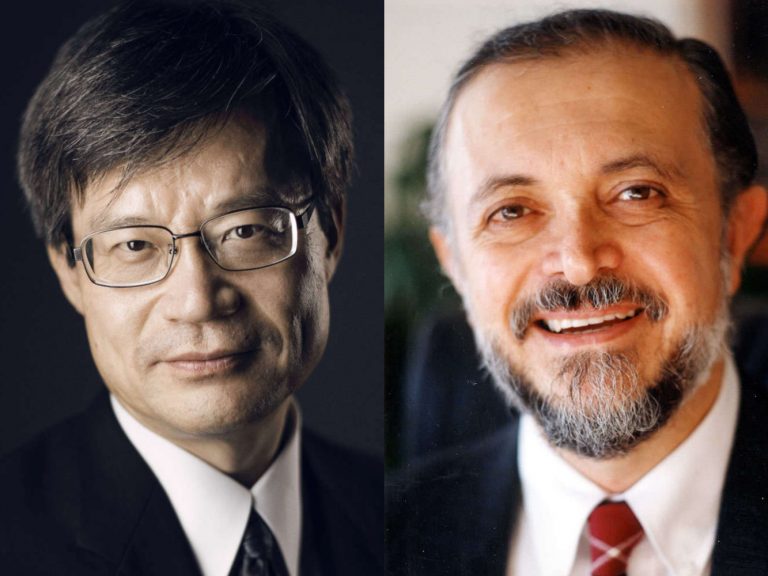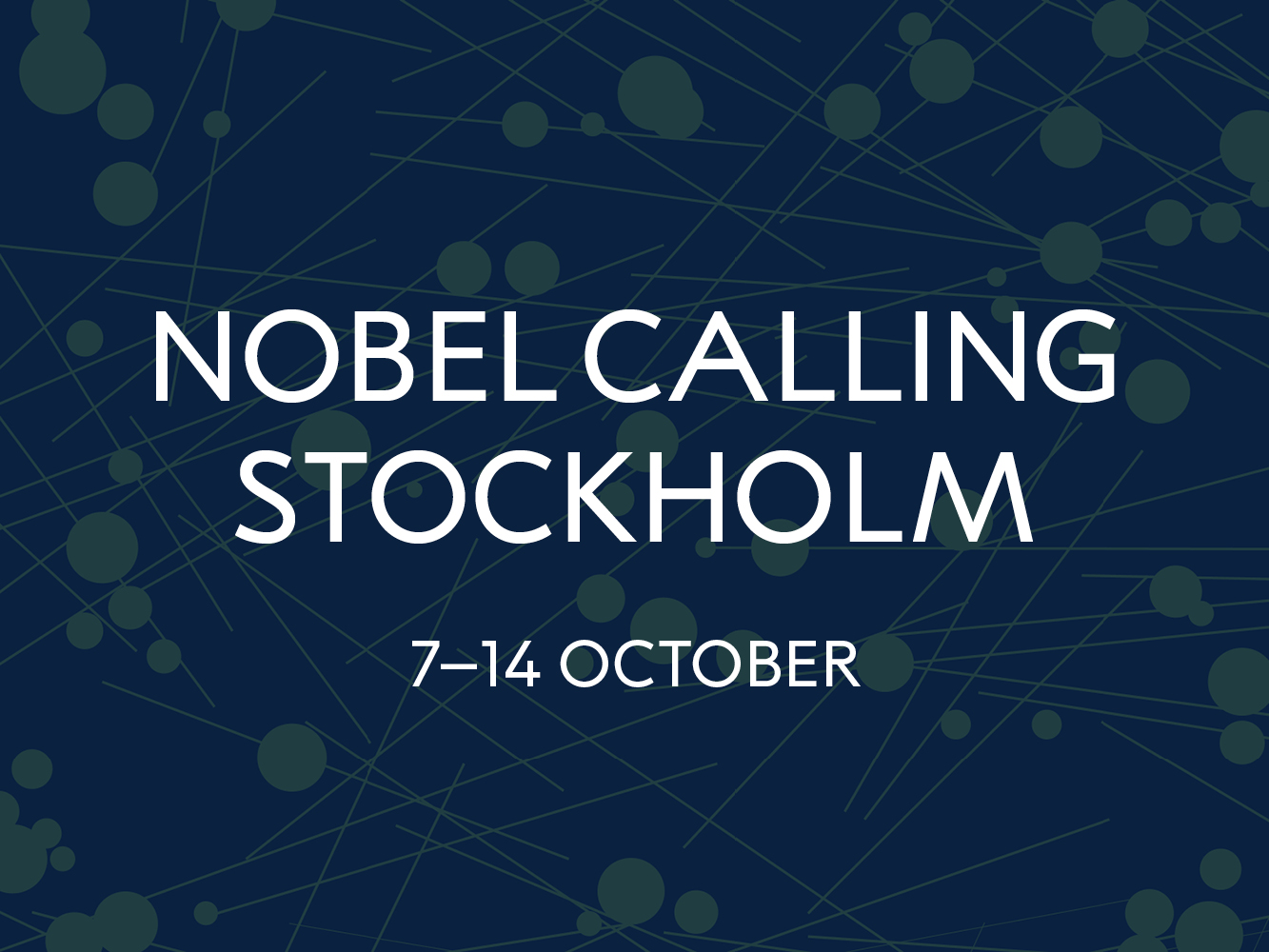Meet two Nobel Laureates who have contributed to a better world. In conjunction with Nobel Prize Museum’s new exhibition, For the Greatest Benefit to Humankind, you are invited to an inspiring conversation with two Nobel Laureates whose research has been of major practical importance to our society and for our environment. Hiroshi Amanowas awarded the 2014 Physics Prize for his work with the blue light-emitting diodes that made today’s white LED lamps possible. Mario J. Molinawas awarded the 1995 Chemistry Prize for discovering how freons damage the ozone layer of the atmosphere. He was also instrumental in getting them banned. Today he is committed to the battle against climate change.
Seats are limited and are not numbered. Ticket price: SEK 120.
The price includes a glass of sparkling wine and an introduction to Nobel Prize Museum’s new exhibition, For the Greatest Benefit of Humankind.
Programme
13.15 The doors at Källargränd 4 will open. Please arrive in good time to have a chance to enjoy the beautiful Grand Hall of the Swedish Academy and listen to the jazz band who will play until the programme begins.
14.00-15.10 How did this year’s Nobel Laureates react to the telephone calls from Stockholm and Oslo? Anna Sjöström Douagi, programme director at Nobel Prize Museum, will welcome you and ask this question of Adam Smith, chief scientific officer at Nobel Media, who will have interviewed all the new Laureates announced during the preceding week.
Then we will meet two pre-2019 Nobel Laureates, Hiroshi Amano and Mario J. Molinain a conversation about how science confers the greatest benefit to humankind. The conversation was be moderated by Adam Smith and will be held in English.
15.10 All guests will join in moving downstairs to Nobel Prize Museum for an introduction to its new exhibition For the Greatest Benefit to Humankindand a glass of sparkling wine.
The entire programme will be held in English.
Welcome!
Hiroshi Amano was awarded the 2014 Nobel Prize in Physics together with Isamu Akasaki and Shuji Nakamura “for the invention of efficient blue light-emitting diodes which has enabled bright and energy-saving white light sources.”
In 2014 the Physics Prize was awarded to three researchers for their work in creating blue light-emitting diodes (LEDs). One of them was Hiroshi Amano. Their invention was the result of pioneering work in electronics research, and it has had a very large practical impact. Blue LEDs could be combined with red and green ones to produce white light. As a consequence, LED lamps became part of our everyday life. They require less energy than ordinary light bulbs and thus also contribute to creating a sustainable society. Because they can be operated by batteries that are charged using solar energy, they are highly useful in parts of the world without a functioning electricity grid.
Mario J. Molina was awarded the 1995 Chemistry Prize, together with Paul Crutzen and F. Sherwood Rowland, “for their work in atmospheric chemistry, particularly concerning the formation and decomposition of ozone.”
The ozone layer of the atmosphere protects the surface of the Earth from damaging solar ultraviolet (UV) radiation. Chlorofluorocarbon (CFC) gases – also known as “freons” – are especially damaging to the ozone layer, leading to increased UV radiation. CFCs had many applications, for example as propellants in spray cans and as the cooling medium in refrigerators. In the 1970s, Mario Molina and his colleagues discovered that these gases were helping to cause an “ozone hole”. Thanks to the Montreal Protocol of 1987, the use of CFCs has greatly decreased, giving the ozone layer a chance to recover. Molina’s story shows that knowledge can lead to political action.

